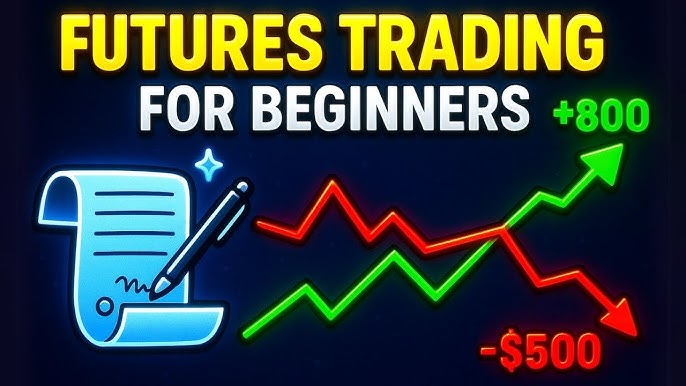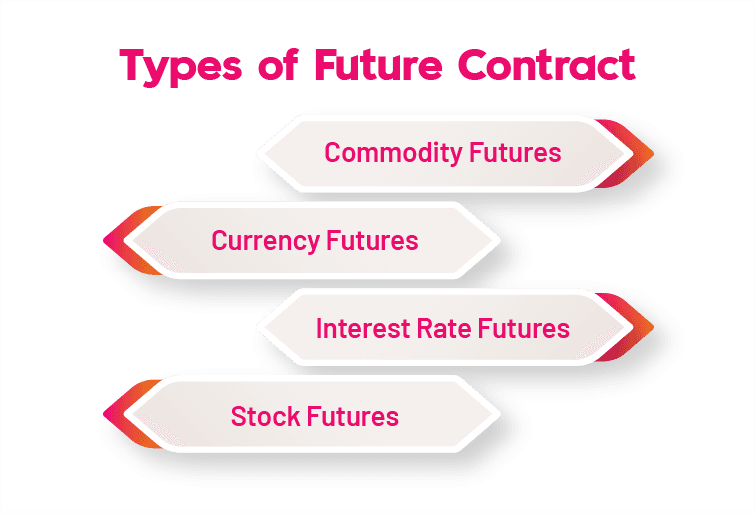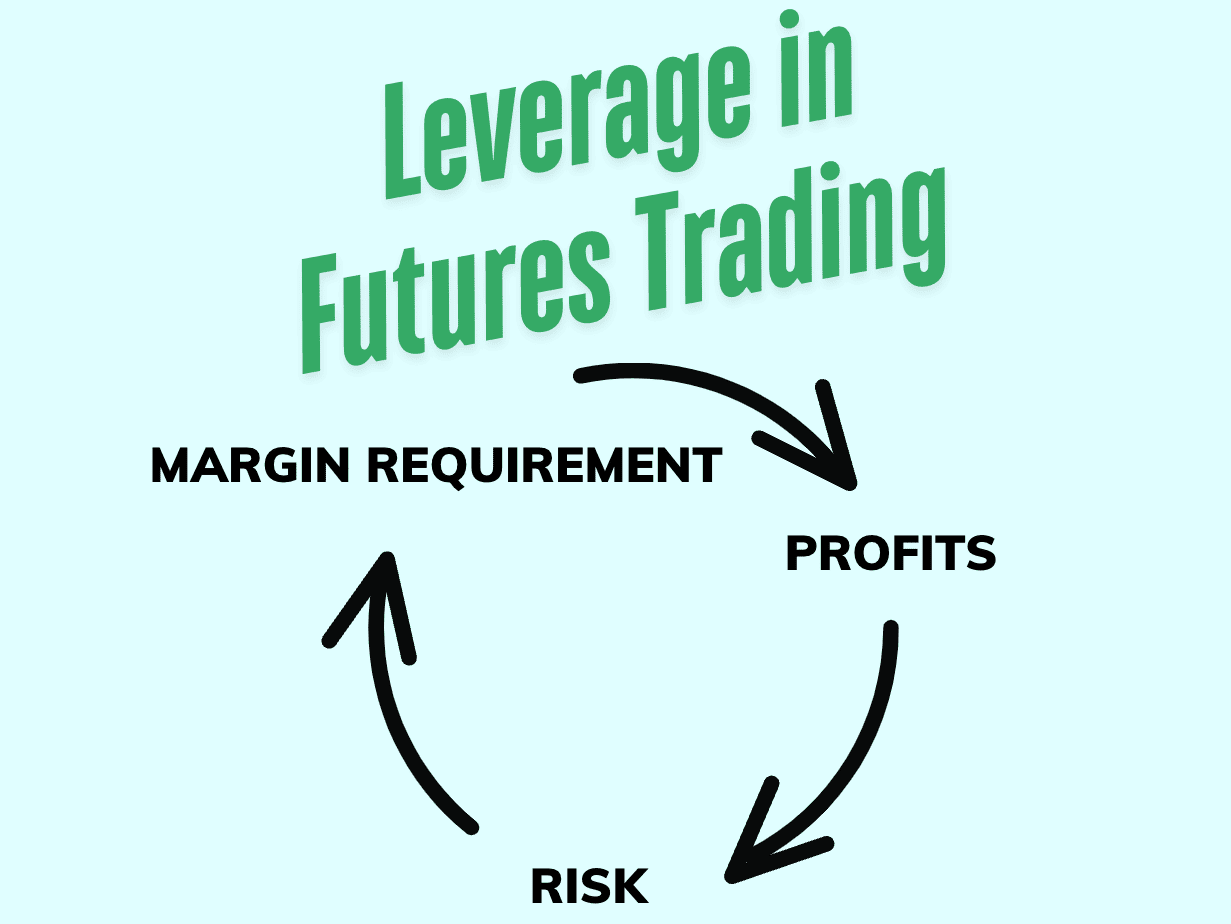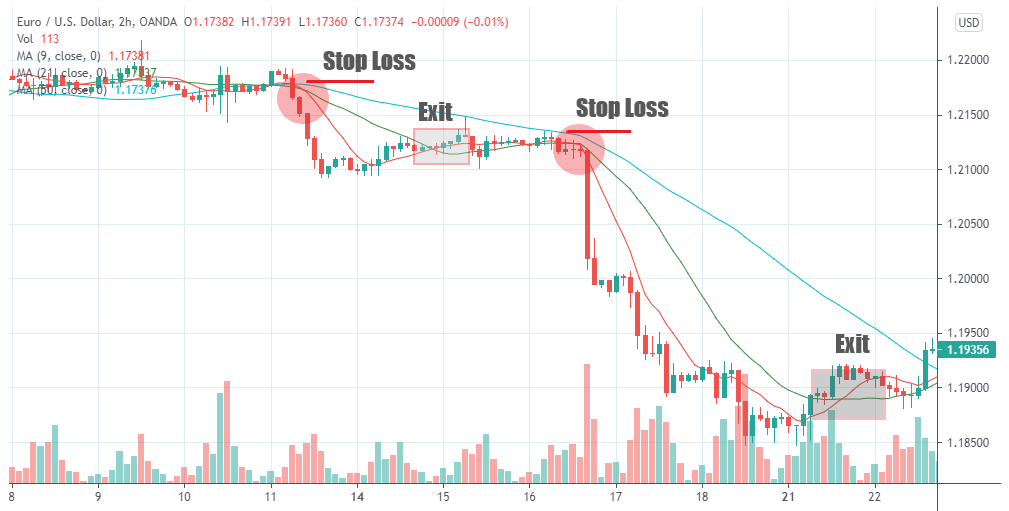Futures are one of the most crucial instruments in the global financial markets, traded by institutions, corporations, and individual investors. They provide a mechanism for hedging risk, speculating on price movements, or gaining access to commodities and financial assets without the need to own them outright.
This article provides a comprehensive guide to understanding what futures are, how they work, and how traders utilise them in real-world trading scenarios.
What Are Futures in Trading? Meaning Explained

A futures contract is a binding agreement between two parties to buy or sell an asset at a predetermined price on a specified future date. These contracts are standardised and traded on organised exchanges, making them highly liquid and accessible.
The underlying assets can include a wide variety of instruments, such as commodities (Oil, gold, or corn) and financial instruments (Treasury bonds or stock indices). The buyer agrees to purchase the asset in the future, and the seller agrees to deliver it, regardless of what the market price is at the time of delivery.
Futures Structure
Every futures contract specifies:
The underlying asset being traded
The quantity of the asset
The price at which the asset will be exchanged
The contract's expiration date
The exchange where the contract is traded
Unlike forward contracts, which are private agreements, futures are standardised and regulated. It makes them more secure and easier to trade in public markets.
How Futures Differ from Other Instruments
Futures contracts are often confused with other derivative instruments. Here's how they differ:
Futures vs. Options: An option gives the right, but not the obligation, to buy and sell an asset. Futures impose an obligation.
Futures vs. Forwards: Futures are standardised and traded on exchanges, while forwards are private and customisable.
Futures vs. Stocks: Buying a stock gives you ownership; buying a futures contract gives you exposure to price changes without ownership.
Each instrument serves different strategic purposes in a trader's or investor's portfolio.
Major Types of Futures Contracts

Futures contracts come in many varieties. Here are some of the most commonly traded categories:
Commodity Futures
These are among the oldest forms of futures trading. Common examples include:
Commodity futures allow producers and consumers to lock in prices and hedge against volatility.
Stock Index Futures
These contracts track the performance of a stock index, including the S&P 500, Dow Jones, and Nasdaq. Index futures are used by traders to speculate on market direction or to hedge large portfolios.
Currency Futures
These contracts involve buying or selling currencies like the Euro, British Pound, Japanese Yen, or Australian Dollar.
Businesses often use currency futures to manage foreign exchange risk, while traders use them to speculate on interest rate changes and geopolitical events.
Interest Rate Futures
These include contracts related to government securities, such as U.S. Treasury bonds and short-term rates like Eurodollars. Banks and institutional investors primarily use them to hedge against fluctuations in interest rates.
Key Concepts in Futures Trading

1) Margin and Leverage
Futures trading involves the use of leverage, which means you only need to provide a portion of the total contract value—this is the initial margin. It allows you to gain greater exposure with less capital, but it also increases the potential for losses.
A maintenance margin is the minimum equity that you maintain in your account. If your equity falls below this level due to market fluctuations, you will receive a margin call, signalling that you need to add more funds to keep the position open.
2) Contract Expiration
Every futures contract has an expiration date. You can choose to close the contract before expiry by selling it on the open market, or you may allow it to settle. Some contracts require physical delivery of the asset, while others are settled in cash.
3) Long vs Short Positions
If you believe the price of an asset will rise, you can take a long position (buy a futures contract). If you believe the price will fall, you can take a short position (sell a futures contract). This flexibility allows futures to be used in both bullish and bearish markets.
Futures Trading Strategies

Trend Following
This strategy involves identifying a clear market direction and riding the trend using futures contracts. Moving averages and momentum indicators are often used to guide entries and exits.
Spread Trading
This strategy involves purchasing one futures contract while simultaneously selling another related contract to profit from the price difference. For instance, a trader might buy December Crude Oil Futures and sell March futures to profit from seasonal price fluctuations.
Scalping and Day Trading
Some traders look for small price movements within the day, opening and closing positions quickly. Futures markets offer high liquidity and leverage, making them ideal for this strategy.
Hedging
Investors and companies use futures to hedge against risks in other parts of their portfolios. For instance, an investor long on tech stocks might short Nasdaq futures to offset sector-specific volatility.
Real-World Examples
Oil Price Hedging
An airline company expecting rising oil prices may buy oil futures to lock in current rates. It ensures stable fuel costs, even if prices rise, allowing the company to plan its finances more effectively.
Stock Index Exposure
An investor expecting a short-term drop in the S&P 500 may sell S&P futures to hedge their equity portfolio. If the market drops, gains from the futures position offset losses from held stocks.
Speculating on Agriculture
A speculator believing that drought conditions will raise corn prices might go long on corn futures. If their thesis proves correct, they can profit by selling the contract at a higher price before expiration.
Futures Trading in 2025: What's New?
In 2025, futures markets continued evolving with the integration of AI, machine learning, and high-frequency trading systems. Key developments include:
Micro futures contracts: Smaller-sized contracts that make futures more accessible to retail traders
Environmental futures: Contracts based on carbon credits, emissions, and ESG-related indices
Real-time margin adjustment: Platforms now auto-adjust leverage based on volatility
Decentralised trading: Some platforms are exploring blockchain-based futures trading for better transparency
These innovations make futures trading more inclusive, transparent, and aligned with modern portfolio needs.
Understanding the Risks Involved
However, while futures offer high potential returns, they also carry substantial risk. The use of leverage means both profits and losses are magnified. A small adverse move can result in massive percentage losses on your initial margin.
Market volatility, geopolitical events, and changes in interest rates or commodity supply can all cause sudden price movements.
Slippage and execution risk are also concerns, especially in fast-moving markets. For beginners, improper risk management can quickly deplete your account.
Conclusion
In conclusion, Futures trading offers significant opportunities, whether you're hedging risk, seeking income, or speculating on market moves. However, the risks are equally high.
For beginners, starting with demo accounts, learning from historical data, and following structured strategies are essential. As you grow in confidence, small live positions with strict risk controls can help you progress.
Disclaimer: This material is for general information purposes only and is not intended as (and should not be considered to be) financial, investment or other advice on which reliance should be placed. No opinion given in the material constitutes a recommendation by EBC or the author that any particular investment, security, transaction or investment strategy is suitable for any specific person.

























